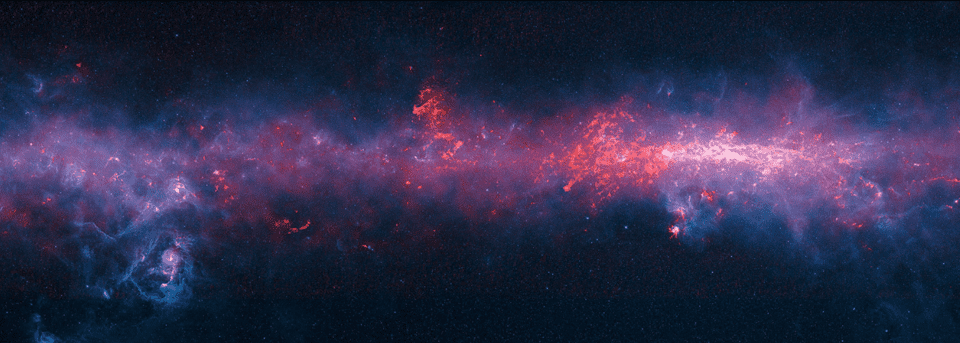The European Southern Observatory (ESO) unveiled a new bedazzling image of the Milky Way, snapped by the APEX telescope in Chile’s Atacama Desert.

The composite image was glued together from 700 observations captured by the telescope, and it represents the most detailed image ever created of our galaxy from the Southern hemisphere. The APEX Telescope Large Area Survey of the Galaxy (ATLASGAL) took more than three years to create this image, from July 2007 to November 2010, but it’s definitely worth it.
“ATLASGAL has allowed us to have a new and transformational look at the dense interstellar medium of our own galaxy, the Milky Way,” astronomer Leonardo Testi said in a statement. “The new release of the full survey opens up the possibility to mine this marvelous dataset for new discoveries.”
It’s also the first time this part of the Milky Way has been imaged at the submillimeter wavelengths between infrared light and radio waves.
Visualizing at different wavelengths lets us see different things – these particular wavelengths are useful for observing very cold and dusty regions of the universe. These areas are generally difficult to study because they are almost always dark and obscured by dust.
“We can for the first time get a full census of the star-forming regions within our own galaxy,” ESO scientist Carlos De Breuck told CNN. “This allows us to find all such regions and to study their properties.”
Was this helpful?



